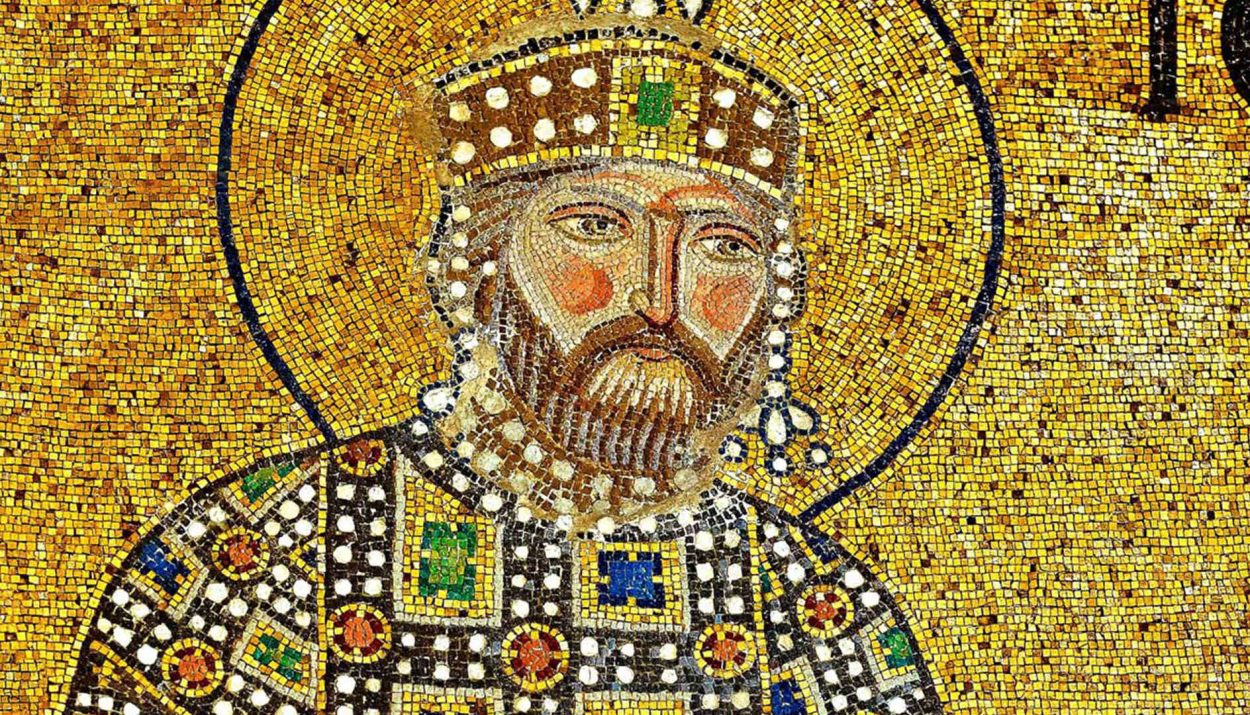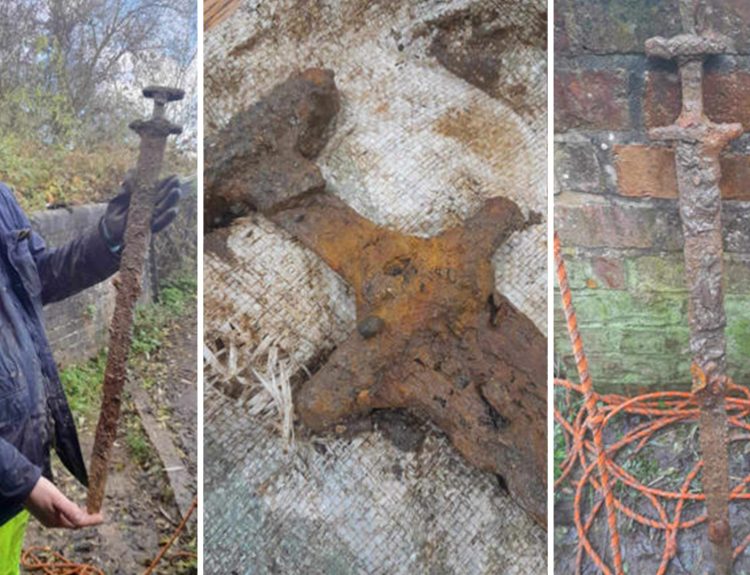It was long believed that Emperor Constantine adopted Christianity as his religion and thus the entire Roman Empire converted to Christianity in the 4th century AD. In fact, historians list this as one of Constantine’s greatest accomplishments as emperor.
However, a recent archaeological discovery is changing the narrative about Constantine, the Roman Empire, and the adoption of Christianity. Just what is this remarkable find and how is it forcing scholars and historians to rethink the early days of Christianity? Let’s find out.
Who Was Emperor Constantine?
Emperor Constantine’s reign over the Roman Empire – which lasted from 306 to 337 AD – was marked by a number of profound changes. He turned the city of Byzantium into Constantinople, now called Istanbul, and established it as the Roman Empire’s capital city and center of power in the empire’s eastern regions as a way to maintain control over the vast territory.
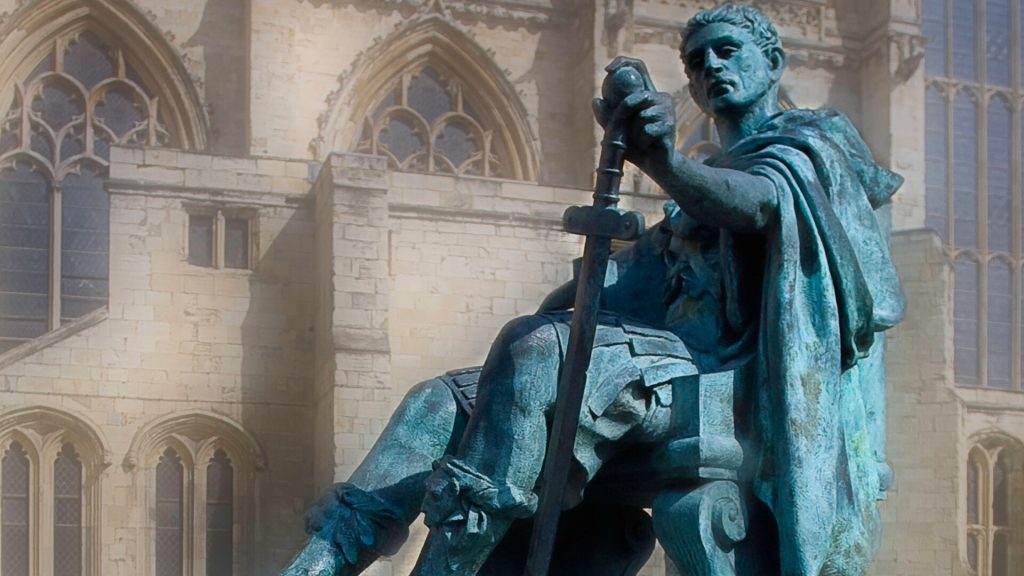
Constantine engaged in several notable military campaigns to expand the empire, protect it from foreign invaders, and keep control of the Roman citizens. He also commissioned several large and significant building projects. But it was his role in the spread of Christianity that ranks among his most impactful achievements.
Constantine and Christianity
Prior to Constanine’s reign, Romans worshiped a pantheon of gods and goddesses that, according to their beliefs, oversaw various aspects of human life and the natural world. Constantine was the first emperor of the Roman Empire to convert to Christianity. This was a time of religious upheaval and Constantine sought to establish unity.
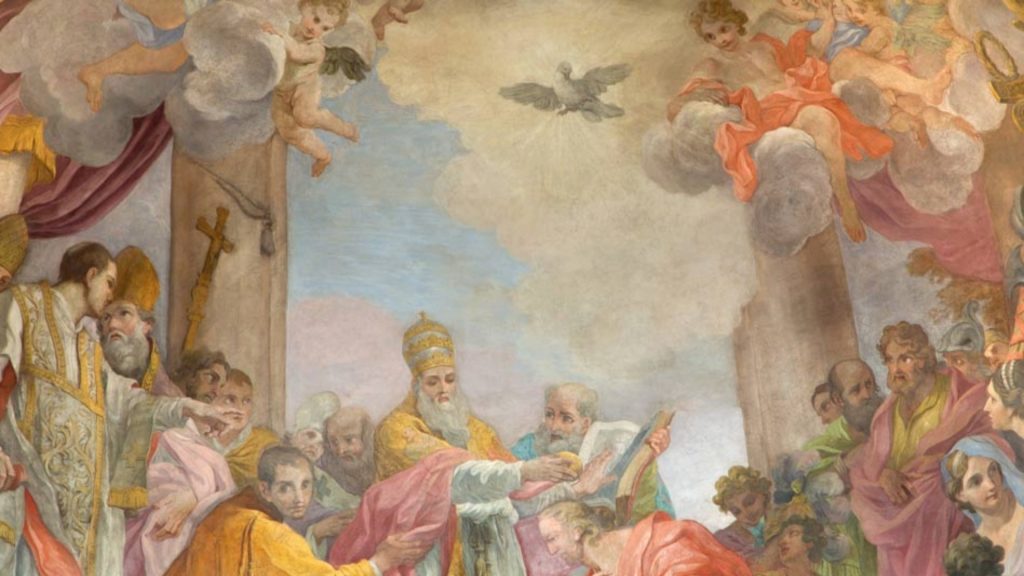
In the Roman Empire, Christians were often persecuted. Constantine’s Edict of Milan, which he issued in the year 313, made Christianity legal and promoted acceptance and tolerance of all religious beliefs. Twelve years later, in 325, Constantine took further steps toward quelling religious conflicts at the First Council of Nicaea. This led to the widespread adoption of Christianity across the Roman Empire.
The Spread of Christianity
Christianity spread throughout the Roman Empire because this was the dominant empire of the day. The Romans engaged in trade with people in the Middle East which put them in contact with early practitioners of Christianity.
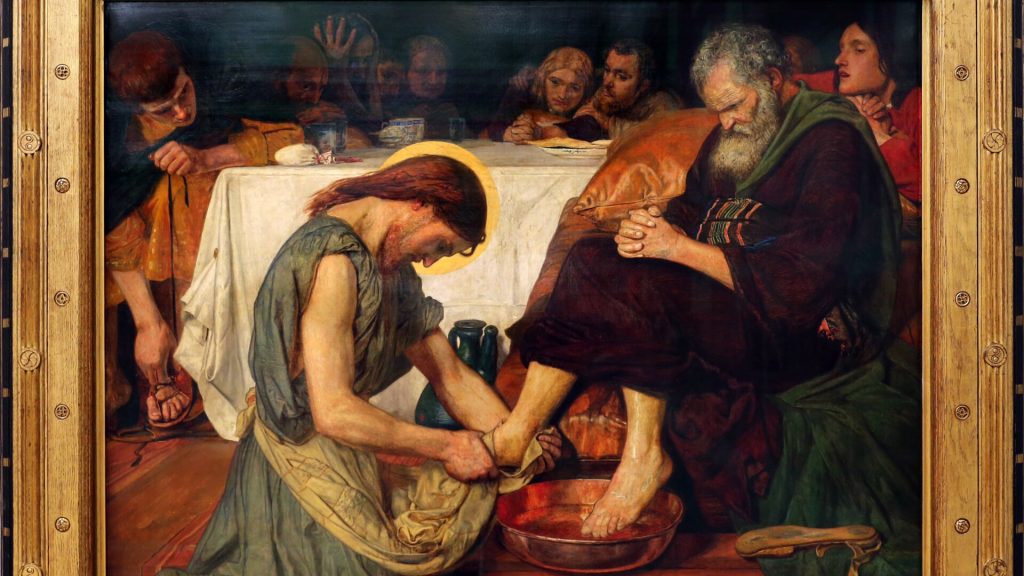
The Christian principles appealed to the lower classes of Roman society. For the first time, they had hope of escaping the confines of their class in the afterlife. Christianity spread first through the lower echelons of the Roman world before spreading to the top.
A Neat and Tidy Narrative
The acceptance of Christianity by the Romans is often presented in history books as a neat and tidy narrative. It sounds rather simplistic to say that Constantine became a Christian therefore the entire Roman Empire converted to Christianity. The reality was much messier.
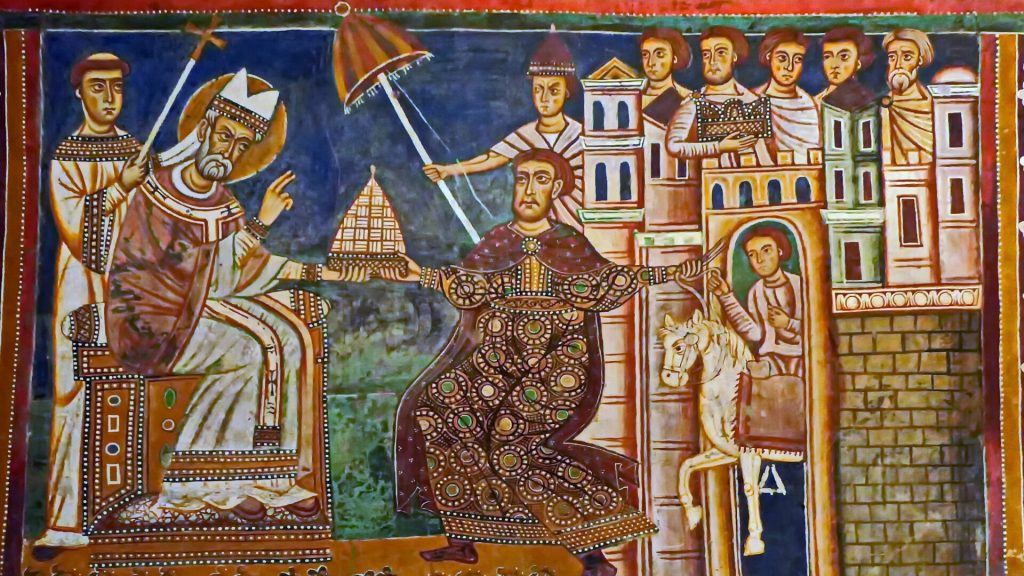
You can’t expect people to abruptly abandon their long-held and deeply rooted religious practices in favor of a whole new belief system. Naturally, there were people who refused to change, clinging to their old, established religion.
A Recent Archaeological Discovery
A team of archaeologists working in the Italian city of Spello recently unearthed evidence that shines a light on this transitional period … the time when the people of the Roman Empire were wavering between their traditional beliefs and the new Christian faith.
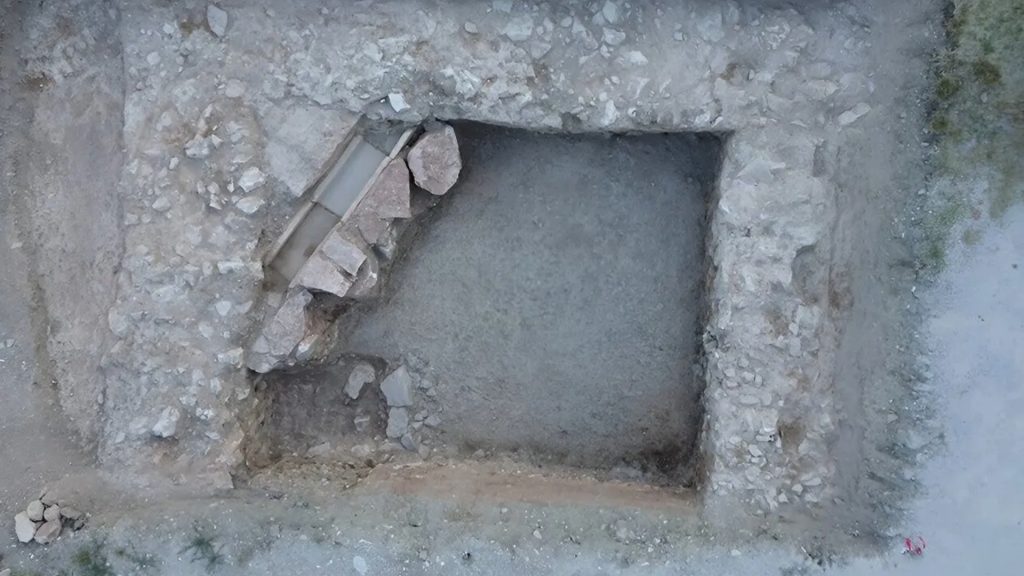
The discovery they made was a pagan temple dating to the ancient Roman period. Most notably, the building – a center for worship – was constructed during Constantine’s reign. Why would an emperor who was embracing Christianity allow the construction of a pagan temple to take place?
An Ancient Inscription Led to the Excavation
Spello may seem like an unlikely place for an archaeological dig, but the research team had an inkling that they may find something interesting there. That inkling came from an ancient inscription that was found in the city’s town hall during renovation work in the 1700s.
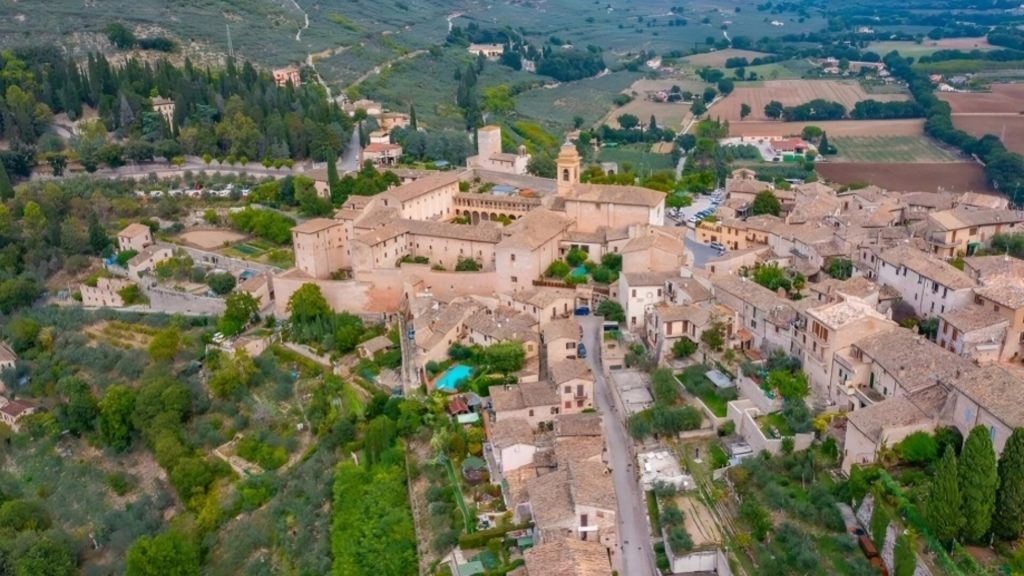
The inscription, written during Constantine’s time and addressed to the residents of Spello, reminded them that building such a large temple was a big project, but that it was done so that the people of Spello could celebrate a pagan festival without having to travel to another area.
More to the Inscription
The ancient inscription discovered in the Spello town hall also laid out the stipulations by which the pagan festival could be held. It explained that the citizens of Spello had to erect a temple for use as a place for ancestral worship. The temple should be dedicated to worshiping the Flavian family, Constantine’s family.
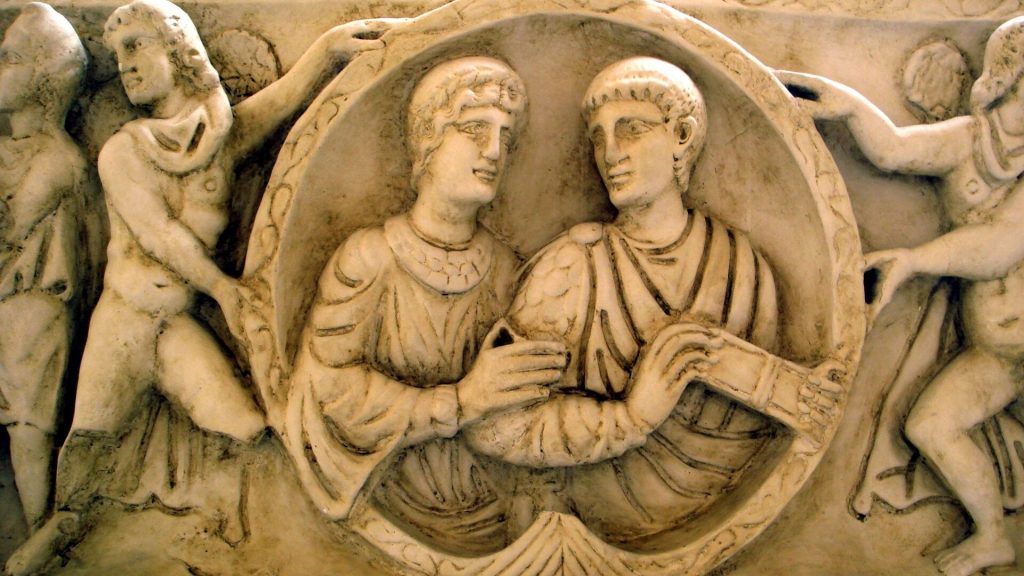
Constantine was a member of the Flavius family, an old and powerful Roman family. He represented a newer, more modern branch of the family tree, therefore historians refer to Constantine as a “Neo-Flavian,” or “New Flavian.”
What Was Ancestor Worship?
Ancestor worship was an old concept that was part of the Roman belief system for centuries. In fact, it was common practice across the globe with many cultures engaging in ancestor worship. Ancestor worship was the belief that one’s deceased ancestors have divine powers.
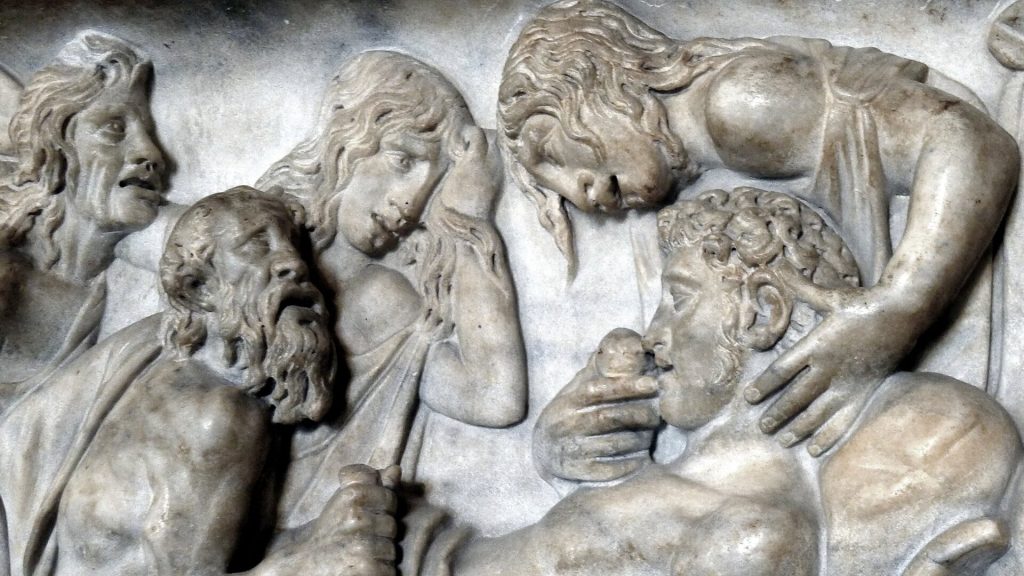
People venerated their dead relatives. They prayed to them to offer guidance from above. They left offerings to appease them. The Romans took ancestor worship one step further. They believed that the dead members of an emperor’s family held special powers. Average citizens were expected to worship an emperor’s dead family members, too.
Part of the Glue Binding Ancient Roman Society
Ancestor worship was so prevalent and widespread in ancient Rome that, according to scholars and historians, it was part of the glue holding the Roman society together. Cult-like worship sprang up around the worship of dead emperors and their ancestors.
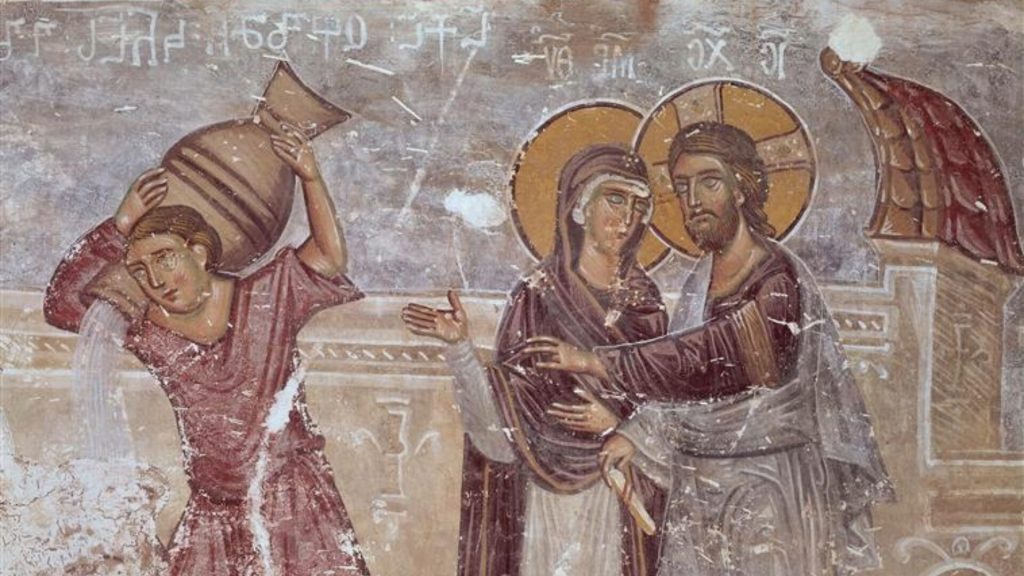
Each of these ancestor worship cults had their own set of rules, expectations, and consequences. There were festivals, celebrations, and rituals unique to each one. Since the Roman Empire was so vast, the way people worshiped an emperor’s ancestors varied from location to location.
Spello’s Pagan Temple
In the years after the inscription was discovered in the Spello town hall, scholars have speculated that there was a temple to be found somewhere in the city. Actual excavation work at the site, however, was a long time coming.
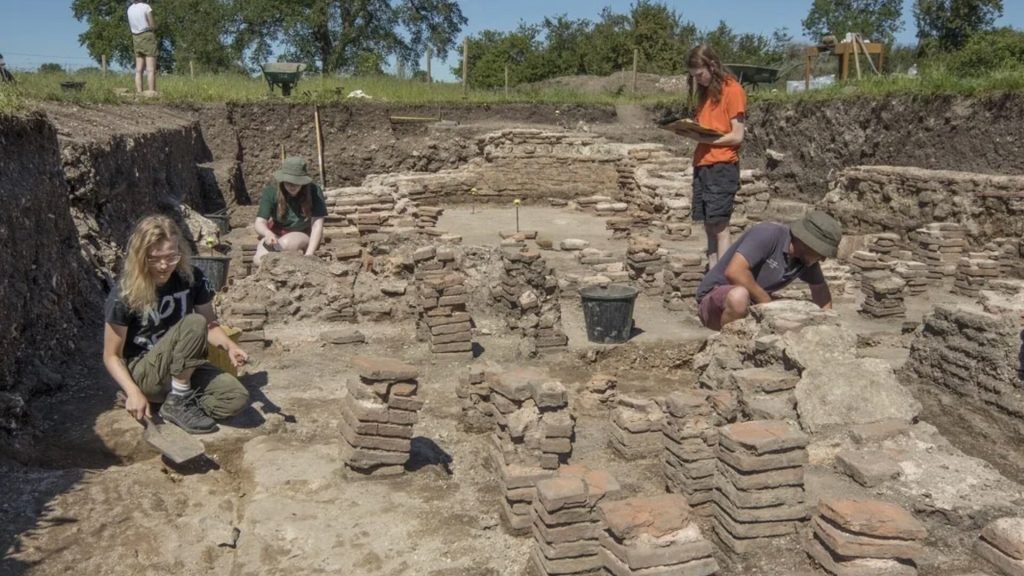
The recently discovered pagan temple a Spello was in use for at least two generations after its construction. After that, pagan worship was banned across the Roman Empire. Emperor Theodosius officially outlawed pagan worship in the year 392.
Shedding Light on the Transition Period
The pagan temple at Spello fascinated scholars, historians, and archaeologists because it offers a rare look at the transitional period when the Romans were moving from pagan religions to Christianity.
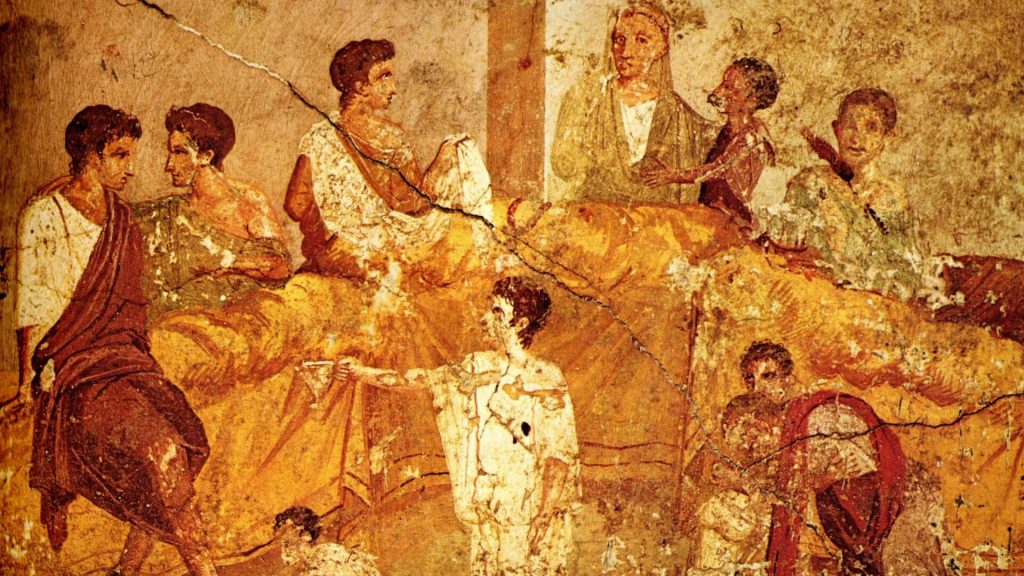
In a press release, the archaeologists working at the site explained that the pagan temple represents “the continuities between classical pagan world and early Christian Roman world that often get blurred out or written out of the sweeping historical narratives.”
Blurring the Line Between Paganism and Christianity
Scholars and historians have long realized that there was a period of transition in the history of the Roman Empire. There was a time when the line between paganism and Christianity was blurred. The newly discovered temple at Spello is a reminder of this pivotal time.

According to the archaeologists, this temple is a tangible reminder that paganism and Christianity coexisted for many years. While Rome’s new Christian religion was establishing firm roots, the older, pagan traditions didn’t disappear overnight. Instead, they slowly faded away.
Christianity Was Tolerant of Pagan Traditions
One of the most significant conclusions that researchers can draw from the discovery of the ancient pagan temple at Spello is that Christianity was tolerant and accepting of pagan traditions.
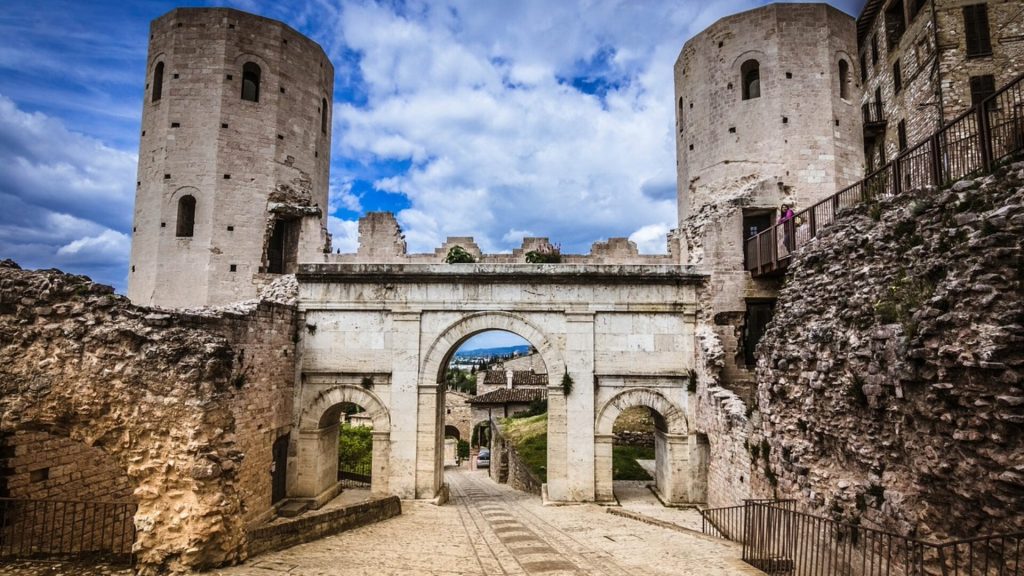
Researchers have textual evidence showing that early Christians in Rome continued to support pagan practices and ancestor worship. This newly discovered temple, however, is the first major archaeological discovery to support the textual evidence.
The Winding Path from Paganism to Christianity
The archaeological work being done at Spello shows us that the path from paganism to Christianity was not a linear one. Instead, it was a winding and twisting path, with stops and starts, side roads, and detours.
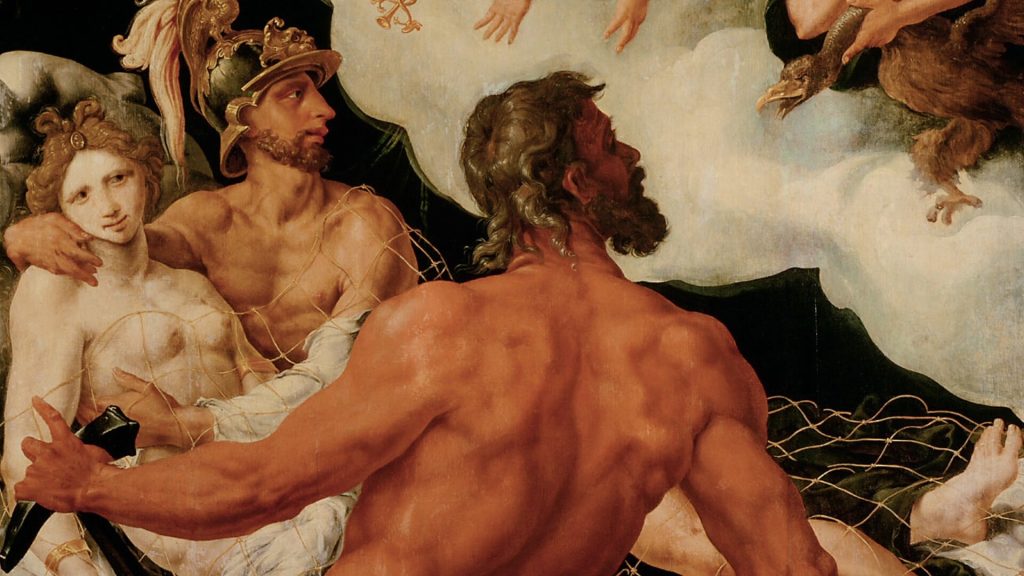
The ancient pagan temple demonstrates to us how pagan beliefs infiltrated early Christianity as the Romans could pick and choose parts of both belief systems to find the path that best suited them.
Incorporating Paganism into Christianity
In the early days of Christianity, some important pagan beliefs, celebrations, and holidays were rebranded and incorporated into Christian teachings. For example, Saturnalia, a Roman festival that involved gift-giving and feasting, and celebrations honoring the Winter Solstice both influenced the timing of Christmas.

While it was not uncommon for one culture to influence another, early Roman Christians aided the transition from paganism to Christianity by adapting existing religious practices into the new faith. It was a wise move on their part … it helped ease the transition.

